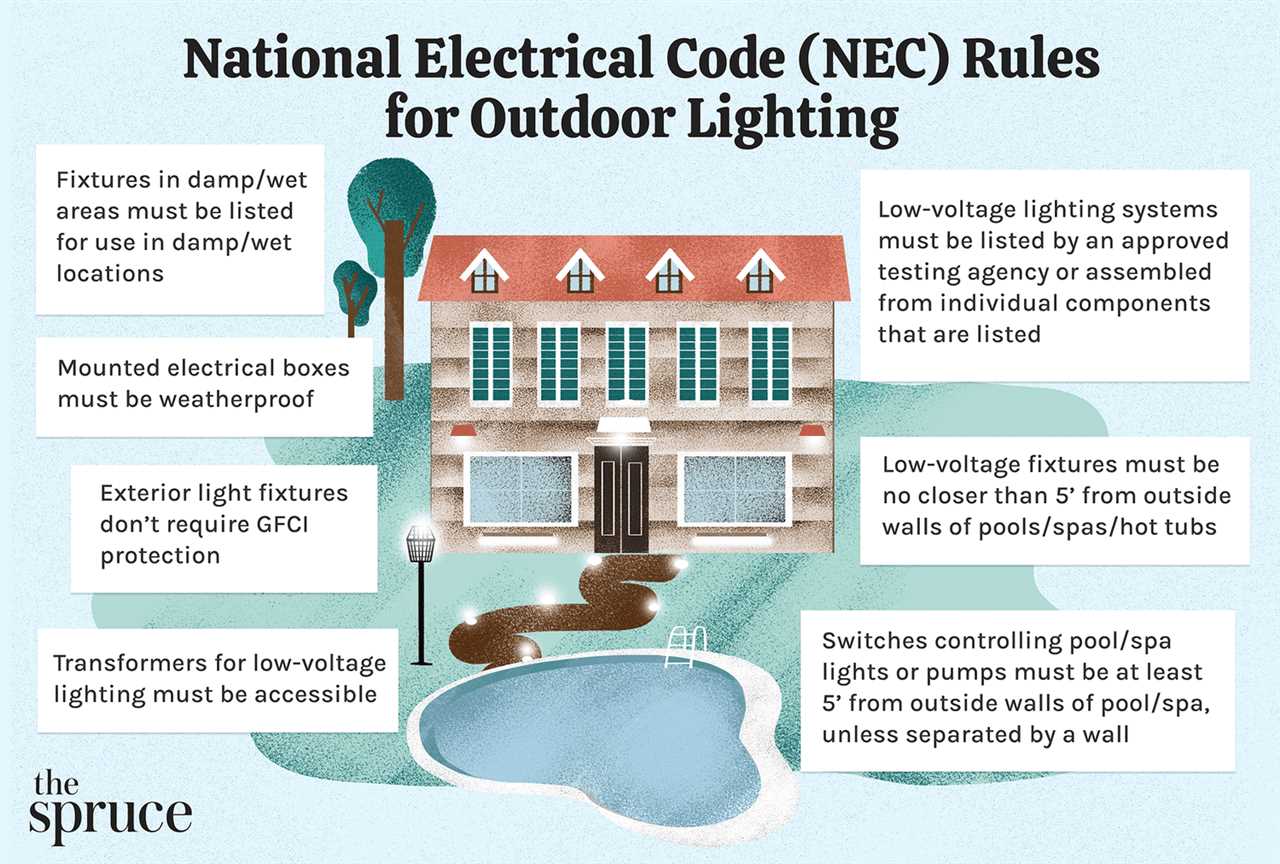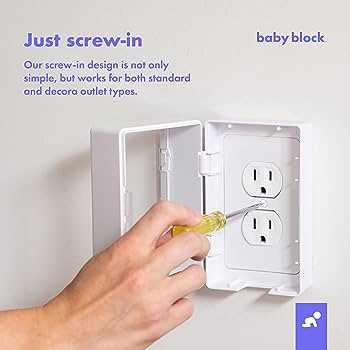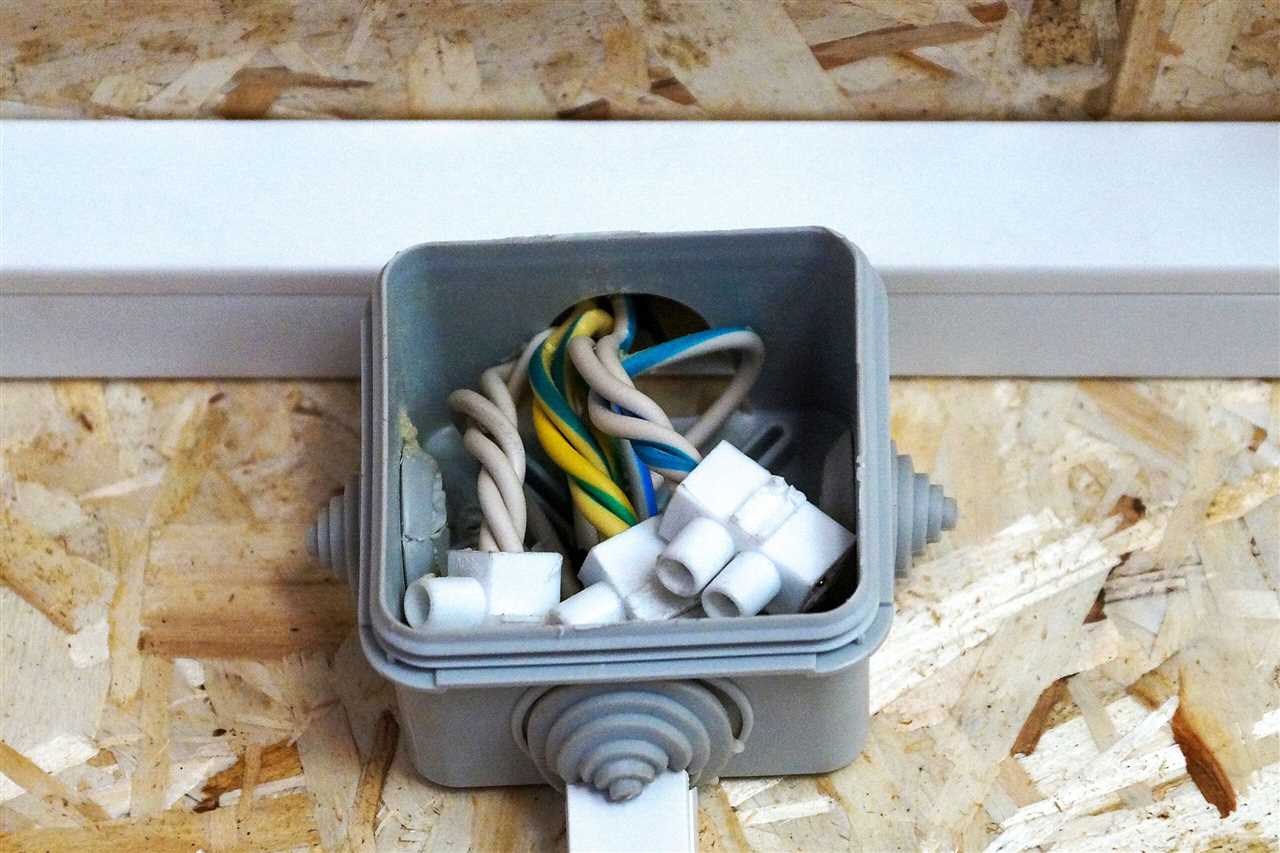Electrical Box Covers Types Installation and Safety Guidelines

Electrical box covers are an essential component of any electrical system. These covers are designed to protect the outlets, breakers, fuses, switches, and wiring inside the box from damage and to ensure the safety of the users. They come in various types and materials, each serving a specific purpose and meeting certain safety standards.
One of the most common types of electrical box covers is the outlet cover. These covers are installed over the electrical outlets to protect them from dust, debris, and accidental contact. Outlet covers are available in different designs, including standard covers, weatherproof covers, and childproof covers.
Another type of electrical box cover is the breaker box cover. Breaker boxes contain the circuit breakers that control the flow of electricity to different areas of a building. The breaker box cover is essential for protecting these breakers from damage and preventing unauthorized access. They are typically made of durable materials such as metal or plastic and are designed to be easily removable for maintenance purposes.
In addition to outlet and breaker box covers, there are also covers for fuse boxes and switch boxes. Fuse box covers are used to protect the fuses, which are designed to blow and cut off the electrical supply in case of an overload or short circuit. Switch box covers, on the other hand, are used to protect the switches that control the lighting and other electrical devices in a building.
When installing electrical box covers, it is crucial to follow safety guidelines to ensure proper installation and reduce the risk of electrical hazards. Always turn off the power supply before installing or removing a cover to avoid electric shock. Make sure the cover fits securely and does not leave any gaps or exposed wiring. If you are unsure about the installation process, it is best to consult a licensed electrician to ensure compliance with local electrical codes and regulations.
Types of Electrical Box Covers

Electrical boxes are an essential component of any electrical system. They house the wiring, switches, and outlets that provide power to our homes and businesses. However, these boxes need to be covered in order to protect the wiring and prevent accidents. There are several types of electrical box covers available, each with its own purpose and design.
- Fuse Box Covers: These covers are used to protect the fuse box, which contains the electrical fuses that control the flow of electricity in a building. Fuse box covers are typically made of metal and have a hinged door that can be opened to access the fuses.
- Panel Box Covers: Panel box covers are used to protect the electrical panel, also known as the circuit breaker panel. This panel contains the circuit breakers that control the flow of electricity to different areas of a building. Panel box covers are usually made of metal and have a hinged door that can be opened to access the circuit breakers.
- Outlet Box Covers: Outlet box covers are used to protect electrical outlets. These covers are typically made of plastic or metal and are designed to fit over the outlet box. Outlet box covers can be either plain or decorative, depending on the desired aesthetic.
- Switch Box Covers: Switch box covers are used to protect light switches and other types of switches. These covers are typically made of plastic or metal and are designed to fit over the switch box. Switch box covers can be either plain or decorative, depending on the desired aesthetic.
It is important to choose the right type of electrical box cover for your specific needs. The cover should fit securely over the box and provide adequate protection for the wiring and components inside. Additionally, it is essential to follow safety guidelines when installing and using electrical box covers to prevent electrical accidents and ensure the proper functioning of the electrical system.
Metal Covers

Metal covers for electrical boxes are a popular choice due to their durability and strength. They are commonly used to protect the panel, electrical wiring, switches, outlets, fuses, and breakers inside the box.
One of the main advantages of metal covers is their ability to provide excellent protection against physical damage and impacts. They are more resistant to breakage compared to plastic covers, making them suitable for areas with high traffic or where there is a higher risk of accidents.
Metal covers also offer better protection against fire hazards. They have a higher melting point compared to plastic covers, which can help contain and prevent the spread of fire in case of electrical faults.
Another benefit of metal covers is their ability to provide additional shielding against electromagnetic interference (EMI). EMI can interfere with the proper functioning of electrical devices and systems, and metal covers can help reduce this interference.
When installing metal covers, it is important to ensure proper grounding. The metal cover should be securely connected to the grounding system of the electrical box to help prevent electrical shocks and provide protection against electrical faults.
It is also essential to follow safety guidelines when working with metal covers. Always ensure that the power supply to the electrical box is turned off before removing or installing the cover. Use insulated tools and wear appropriate personal protective equipment (PPE) to prevent electrical accidents.
In summary, metal covers are a reliable and sturdy option for protecting electrical boxes. They offer durability, fire resistance, and additional shielding against electromagnetic interference. However, proper installation and adherence to safety guidelines are crucial to ensure their effectiveness.
Plastic Covers

Plastic covers are commonly used for electrical boxes due to their affordability and durability. They provide protection for the breakers, wiring, outlets, switches, and fuses inside the box, ensuring the safety of the electrical system.
Plastic covers come in various sizes and shapes to fit different types of electrical boxes. They are designed to be easily installed and removed, allowing for convenient access to the electrical components when needed.
One of the advantages of plastic covers is their resistance to corrosion and rust. Unlike metal covers, plastic covers do not deteriorate over time, making them a long-lasting option for electrical box protection.
Furthermore, plastic covers are non-conductive, which means they do not conduct electricity. This feature adds an extra layer of safety, reducing the risk of electrical shocks when working with or near the electrical box.
When installing plastic covers, it is important to ensure a proper fit. The cover should completely enclose the electrical box, leaving no gaps or exposed wiring. This helps to prevent dust, debris, and moisture from entering the box, which can potentially damage the electrical components.
It is also recommended to regularly inspect the plastic cover for any signs of damage or wear. Cracks, breaks, or discoloration may indicate that the cover needs to be replaced to maintain the integrity of the electrical box.
In summary, plastic covers are a cost-effective and durable option for protecting electrical boxes. They provide insulation, resistance to corrosion, and easy access to the electrical components. Regular inspection and proper installation are essential for ensuring the safety and longevity of the electrical system.
Weatherproof Covers

Weatherproof covers are essential for protecting electrical panels, wiring, breakers, and fuses from the elements. These covers are designed to keep out moisture, dust, and other contaminants that could potentially damage the electrical components inside the box. They are commonly used in outdoor electrical installations, such as in gardens, patios, or other exposed areas.
Weatherproof covers are made from durable materials, such as metal or plastic, and are designed to withstand various weather conditions, including rain, snow, and extreme temperatures. They typically have a tight seal or gasket to prevent water and dust from entering the box.
There are different types of weatherproof covers available, depending on the specific application and requirements. Some common types include:
- In-Use Covers: These covers are designed to provide protection while the electrical equipment is in use. They have a hinged cover that can be opened to access the switches or outlets, and then closed securely when not in use. In-use covers are commonly used for outdoor outlets or switches.
- Blank Covers: These covers are used to seal off unused openings in electrical boxes. They do not have any openings or holes and provide a solid barrier against the elements.
- Outlet Covers: These covers are specifically designed to protect outdoor electrical outlets. They have a hinged cover that can be opened to access the outlet, and then closed securely when not in use.
- Switch Covers: These covers are designed to protect outdoor light switches. They have a flip-up or flip-down cover that can be opened to operate the switch, and then closed securely when not in use.
When installing weatherproof covers, it is important to follow safety guidelines to ensure proper protection and functionality. Here are some general guidelines to consider:
- Make sure the electrical box is properly installed and securely mounted before installing the weatherproof cover.
- Ensure that the cover is compatible with the specific electrical box and equipment being protected.
- Check for any gaps or openings in the cover that could allow moisture or dust to enter. If necessary, use a sealant or gasket to create a tight seal.
- Regularly inspect the weatherproof cover for any signs of damage or wear. Replace the cover if it becomes cracked, broken, or no longer provides a proper seal.
- Follow the manufacturer’s instructions for installation and maintenance of the weatherproof cover.
By properly installing and maintaining weatherproof covers, you can ensure the safety and longevity of your electrical equipment, as well as protect against potential hazards caused by exposure to the elements.
Installation of Electrical Box Covers

Electrical box covers are an important component of any electrical system. They provide protection and safety by enclosing switches, boxes, panels, fuses, and wiring. Proper installation of electrical box covers is crucial to ensure the integrity of the electrical system and to prevent accidents or electrical hazards.
Here are some guidelines for the installation of electrical box covers:
- Turn off the power: Before installing or removing electrical box covers, always turn off the power to the circuit. This can be done by switching off the corresponding circuit breaker in the electrical panel.
- Inspect the box and wiring: Before installing a new electrical box cover, inspect the box and wiring for any damage or loose connections. Ensure that the wiring is properly secured and there are no exposed wires.
- Select the right cover: Choose an electrical box cover that is appropriate for the type of box and the electrical components it houses. The cover should be compatible with the size and shape of the box.
- Remove the old cover: If replacing an existing cover, carefully remove the old cover by unscrewing the screws or clips that hold it in place. Take note of the arrangement and location of the wires inside the box.
- Install the new cover: Position the new cover over the box and align it with the screw holes or clips. Use the appropriate screws or clips to secure the cover in place. Make sure the cover is snug and properly aligned.
- Test the installation: After installing the new cover, turn on the power and test the electrical components housed in the box, such as switches or outlets, to ensure they are functioning properly.
- Regular maintenance: Regularly inspect the electrical box covers for any signs of damage, wear, or loose connections. Replace any damaged covers immediately to maintain the safety and integrity of the electrical system.
Remember, proper installation of electrical box covers is essential for the safety and functionality of the electrical system. If you are unsure about any aspect of the installation process, it is recommended to consult a licensed electrician for assistance.
Selecting the Right Cover Size

When it comes to electrical boxes, the size of the cover is an important consideration. The cover is designed to protect the panel, breaker, fuse, electrical outlet, switch, and wiring inside the box. Choosing the right cover size ensures that the electrical components are properly protected and that the box meets safety standards.
Here are some guidelines to help you select the right cover size:
- Measure the box: Start by measuring the dimensions of the electrical box. This includes the height, width, and depth of the box. Make sure to measure the outer dimensions, as the cover needs to fit over the entire box.
- Consider the number of electrical components: Take into account the number of electrical components that will be installed in the box. This includes the number of breakers, fuses, outlets, and switches. The cover needs to be large enough to accommodate all these components without overcrowding the box.
- Check the manufacturer’s recommendations: Consult the manufacturer’s recommendations for the specific electrical box you are using. They may provide guidelines or specifications for the appropriate cover size to use.
- Choose a cover with proper clearance: The cover should have enough clearance to allow for easy access to the electrical components inside the box. This includes clearance for wiring connections and any necessary adjustments or repairs.
- Ensure compliance with electrical codes: It is important to select a cover that meets the electrical codes and regulations in your area. These codes often specify minimum size requirements for electrical box covers.
By following these guidelines, you can select the right cover size for your electrical box. This will help ensure the safety and functionality of your electrical system.
Video:Electrical Box Covers Types Installation and Safety Guidelines
Hello, I am Beverly J. Sanders, the voice behind the diverse articles you come across on styves.co.za. My passion lies in exploring the nuances of home improvement and sharing tips that can help you transform your living space into a haven of comfort and style. From the latest trends in home decor to practical cleaning advice, I cover a broad spectrum of topics to cater to a wide variety of interests.
In my recent works, I have delved into the advantages of incorporating a horizontal Murphy bed into your home to save space without compromising on design and functionality. I also explored the benefits of having a free-standing electric fireplace that not only adds warmth to your home but also brings a sleek and modern design to any living space. My articles are a rich resource, offering insights into different products and home improvement strategies that can enhance the quality of your life.
I believe in the power of details; a belief that reflects in my comprehensive guides where I discuss even the overlooked aspects of home decor, such as the impact of baseboard trim in enhancing the overall look and feel of your home. I am constantly on the lookout for innovative solutions and products that can add value to your home and life.
Join me in my exploration as I continue to bring you the latest trends, tips, and insights in the home improvement world. Let’s create a home that is not just a place to live, but a reflection of style and personality.